Top 10 Reasons Why Your Cat Should Eat Raw Food

Have you ever found yourself questioning why your feline friend seems to have an insatiable appetite for raw meat? ![]()
It’s not just about their predatory instincts. Cats are obligate carnivores, meaning they require a diet of primarily meat. This dietary requirement dates back to their ancestors, who thrived on a diet of raw flesh, organs, and bones. ![]()
However, since the 1950s, pet owners have increasingly turned to processed dry food or kibble, making the idea of feeding cats raw meat seem unusual to many.
Despite this, the raw diet is gaining popularity in recent years, and for good reasons. In this article, we’ll delve into why cats can eat raw meat and the benefits it offers.
Cats Are Obligate Carnivores 🐾
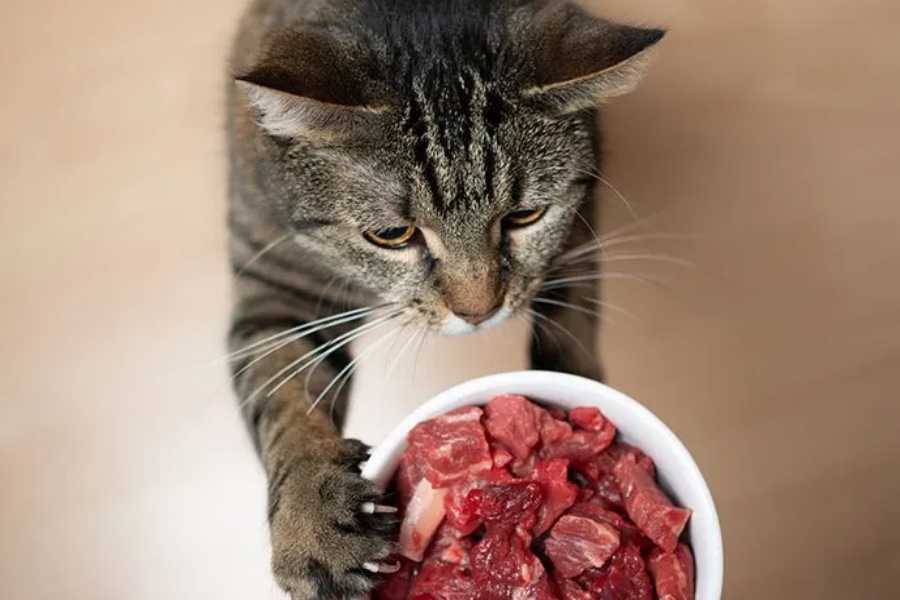
Cats are biologically designed to consume meat. Their bodies need it for survival. When you visit a zoo, you’ll notice that big cats aren’t fed kibble; they’re fed meat. A significant portion of dry cat food is made from plant-based foods like rice, peas, and corn, rather than animal protein.
This can lead to unstable blood glucose levels and increase the risk of diabetes in cats. In contrast, a cat’s natural prey contains around 55% protein, 45% fat, and 1-2% carbohydrates, which is a far cry from the 20-50% carbohydrates found in dry cat food.
No Artificial Preservatives 🚫
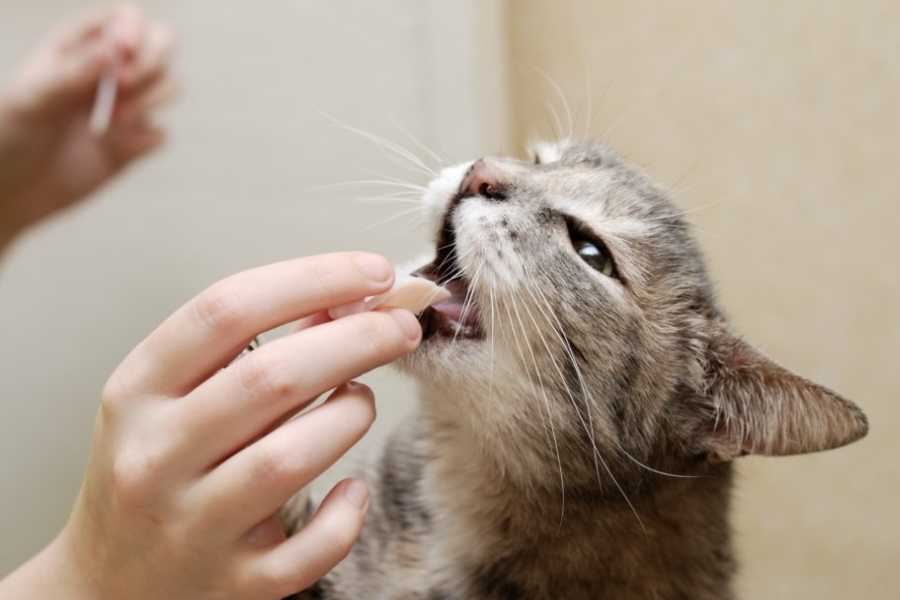
Dry cat food needs to contain preservatives to ensure it can sit out for months without refrigeration. One major preservative used in pet foods is ethoxyquin, which is also used as a pesticide and a hardening agent for synthetic rubber. This preservative has been linked to an increase in liver enzymes and liver damage.
On the other hand, raw food doesn’t need to be cooked, processed, dyed, or preserved. It’s in its fresh, whole state, providing bioavailable nutrients naturally.
Better Nutrient Absorption 💪
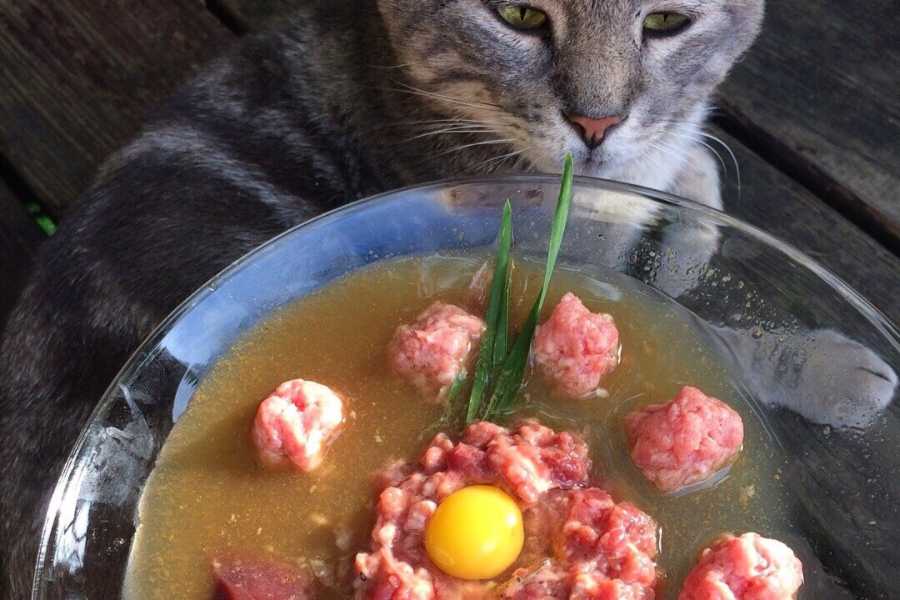
The bioavailability of nutrients in raw meat is higher than that in processed food. This means that cats can absorb and utilize more nutrients from raw meat than they can from commercial pet food. The highest biological value comes from raw, uncooked animal-based protein. ![]()
Commercial pet food, which often lacks many essential amino acids and vitamins that cats need, has to add these nutrients synthetically.
Improved Digestion 🍽️
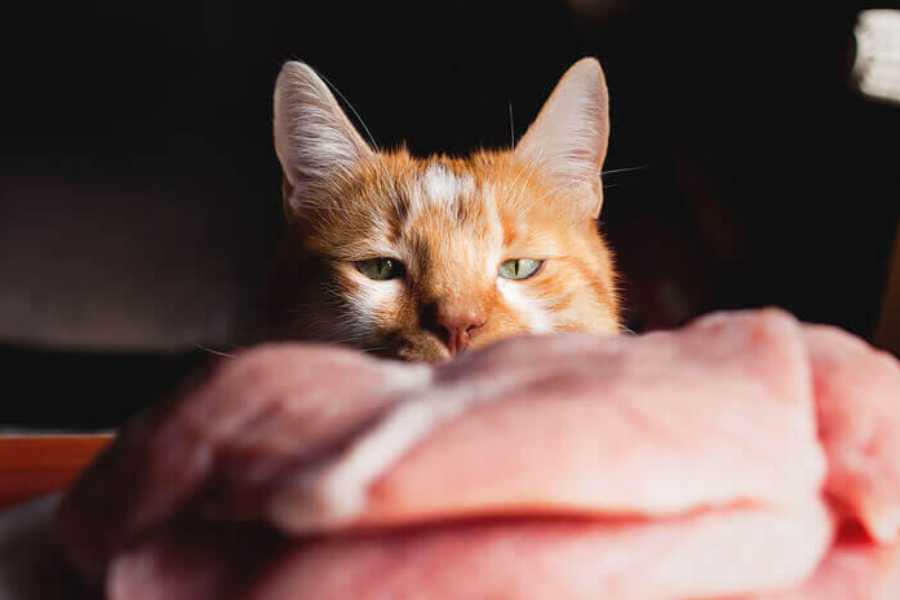
Cats’ digestive systems are adapted specifically for a meat-based diet. Their short digestive tract quickly processes raw flesh and bone, protecting them against bacteria that raw flesh may contain. Their gut is also very acidic, which aids in the protection against harmful bacteria.
Cats digest carbohydrates less efficiently than other animals, which is why a raw meat diet is more suitable for them.
Smaller, Less Smelly Stool 💩

When cats are fed a diet that their digestive system is designed to process, their stool will not only be smaller, but there will also be less odor.
This is because the cat’s digestive system is absorbing all of the nutrients that the raw meat, bone, and organs provide, and expels only the bare minimum.
Healthy Weight Maintenance 🐈
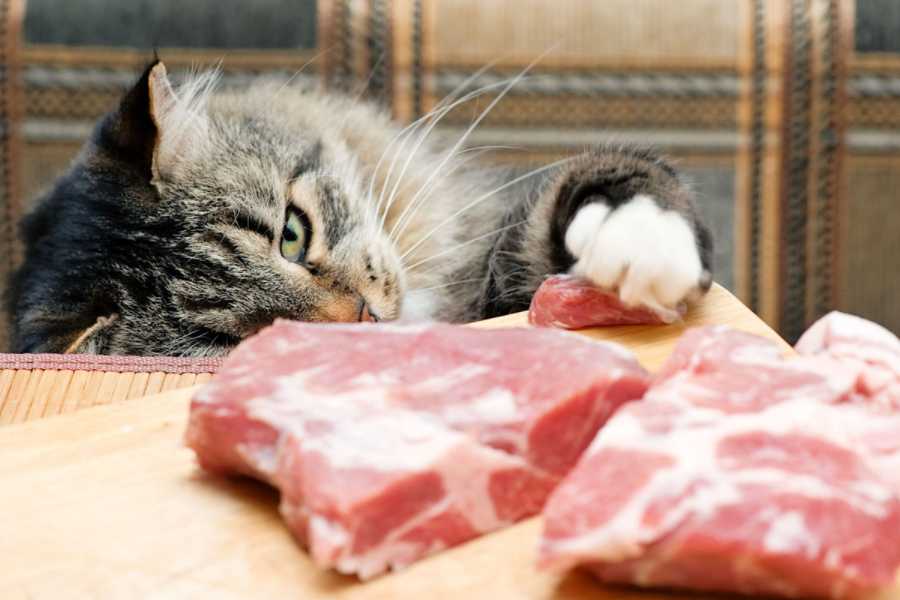
An estimated 60% of cats in the United States are overweight or obese. A raw diet can help maintain a healthy weight in cats. Cats are better at metabolizing animal fats than carbohydrates, and fats also provide more energy per gram than carbohydrates do.
A species-appropriate diet can better utilize the protein, healthy fat, and nutrients that raw food provides.
Lower Risk of Diabetes 🏥
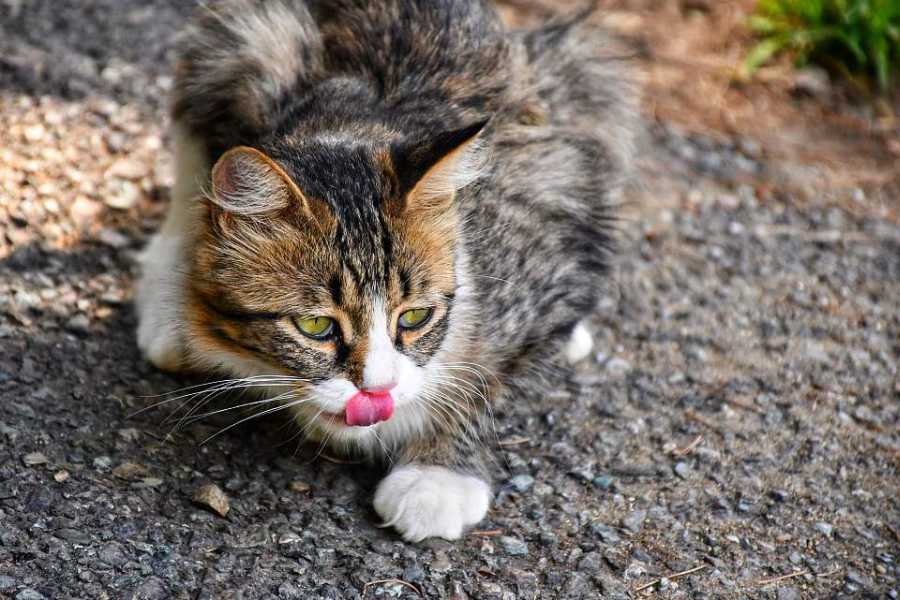
Many carbohydrates in commercial cat food rank very high on the glycemic index, which can disrupt many cats’ insulin balance, predisposing them to diabetes.
A raw diet may decrease the risk of diabetes by helping maintain a healthy weight and eliminating the excess carbohydrates.
Healthier Coat and Less Shedding 🐾
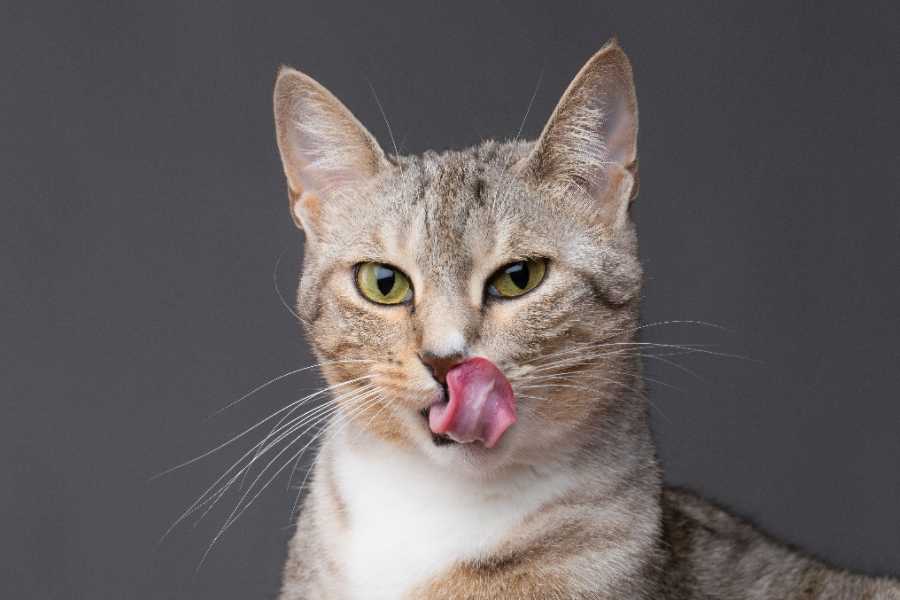
For coat health, cats require retinol, fatty acids like omega-3s, and biotin in their diet. These nutrients are most bioavailable through animal sources.
A diet rich in these nutrients contributes to healthy skin and coats, which also results in less shedding.
Better Dental Health 😺
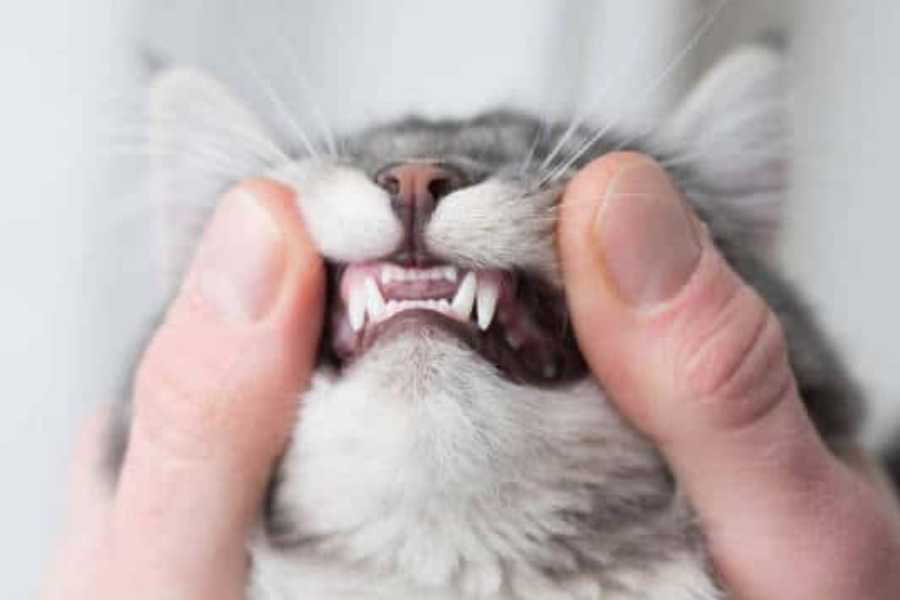
Dental disease is one of the most common issues veterinarians see in cats. High levels of sugars and simple carbohydrates in commercial foods provide nutrition for oral bacteria.
A raw diet eliminates carbohydrates that can leave a starchy film over the teeth that promotes plaque buildup. Additionally, raw meaty bones act as a toothbrush, scraping the teeth and removing any accumulated tartar.
Better Urinary Health 🚽
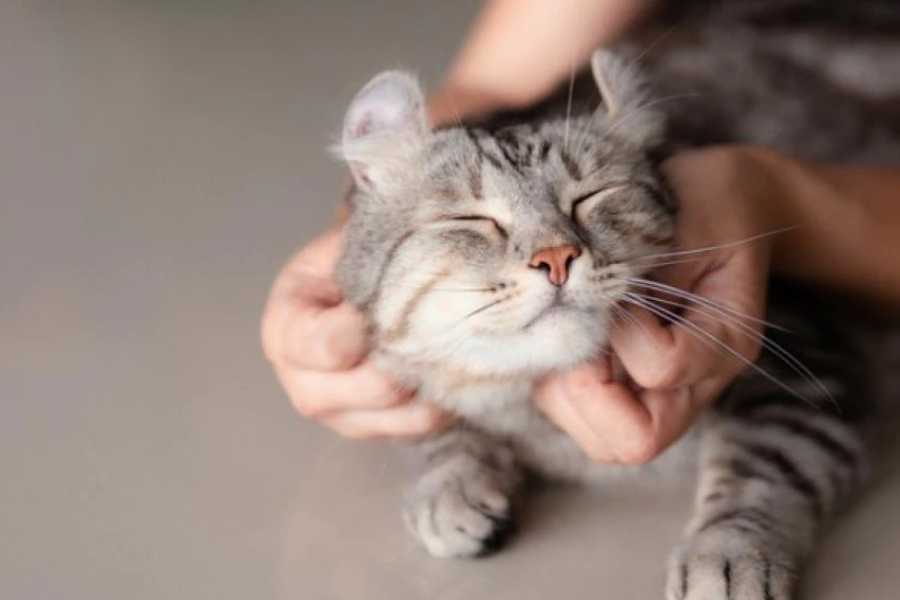
Bladders perform optimally when more water is flowing through them. A raw diet, which consists of 70-80% moisture, will greatly support your cat’s renal system.
This helps to flush out debris, keeps the urine diluted, and reduces the risk of urinary crystals and blockages in the urethra.
Conclusion

While any diet can potentially cause health issues, there is significant evidence that a raw diet can greatly improve a cat’s overall health. If you’re considering switching your cat to a raw diet, it’s essential to do so gradually and under the guidance of a veterinarian.
Remember, every cat is unique, and what works for one might not work for another.
For more information on cat health and behavior, check out our other articles on why cats have watery eyes, why cats can’t drink milk, and why cats have bad breath. At pawsadviser.com, we’re committed to helping you make the best decisions for your feline friends. ![]()
Tags
Share
Table Of Contents
Related Posts
Quick Links

